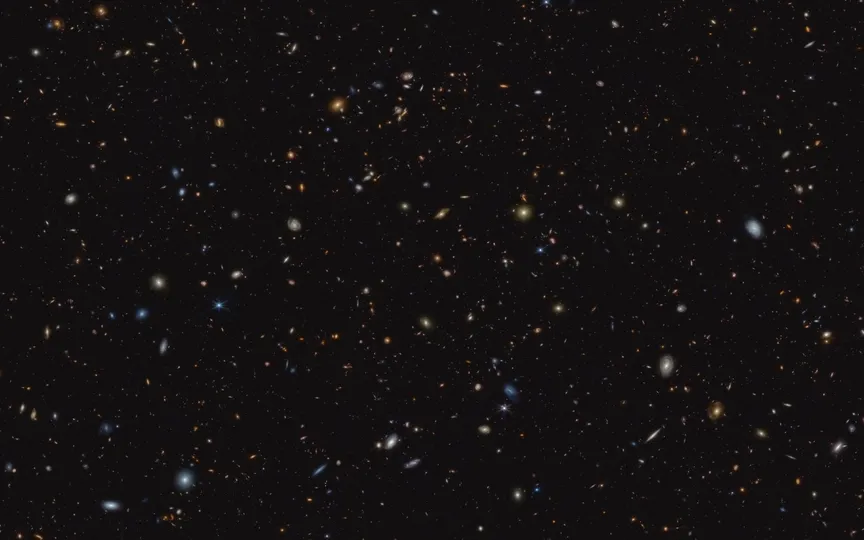Astronomers Detect 8 Billion Year-Old Radio Burst from Faraway Galaxy
Frequent occurrences of enigmatic radio bursts in space have been observed, although these bursts only endure for a fraction of a second. Astronomers have recently detected a cosmic radio burst that originated in the distant past and reached Earth approximately 8 billion years later. This groundbreaking revelation is granting astronomers fresh perspectives on these perplexing cosmic phenomena. Learn more about this enigmatic radio burst here.
Mysterious Radio Burst
According to a Phys.org report, this incredibly powerful burst of radio waves is known as a “Fast Radio Burst (FRB), the most distant cosmic burst ever recorded.” The source galaxy is said to have been so far away that it took eight billion years to reach Earth. Scientists speculate that the explosion is caused by distant lifeless stars called magnetars, known as the most magnetically charged entities in the cosmos. However, for now, it is one of the biggest mysteries that scientists are trying to solve.
Ryan Shannon, an astrophysicist at Australia’s Swinburne University, said the ASKAP radio telescope in Western Australia discovered the radio burst last year. Shannon said: “We are lucky to have watched that tiny dot in the sky for that millisecond after the pulse had traveled 8 billion years to catch it.” In addition, in solving this mystery, scientists may also uncover other mysteries in the universe.
What is a fast radio burst?
Fast radio bursts, or FRBs, are fast and powerful bursts of electromagnetic radiation that are detected at radio frequencies and whose duration is only a few milliseconds. Some FRBs are reported to have a recurring pattern, while the majority have only one-off occurrences and simply disappear without recurrence. Scientists have not yet discovered the reasons behind these eruptions, but they have various theories on the subject, such as magnetars, colliding neutron star binaries, and merging white dwarfs.




